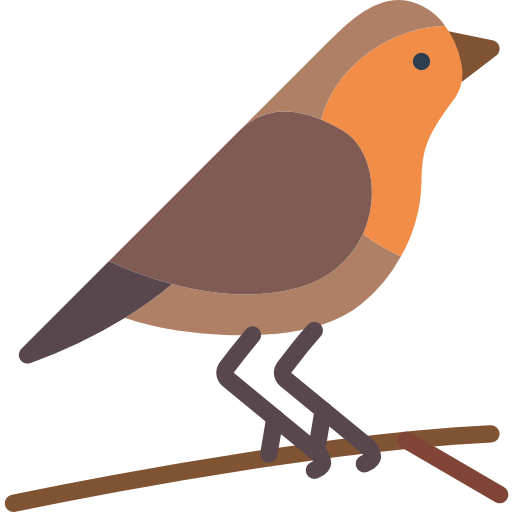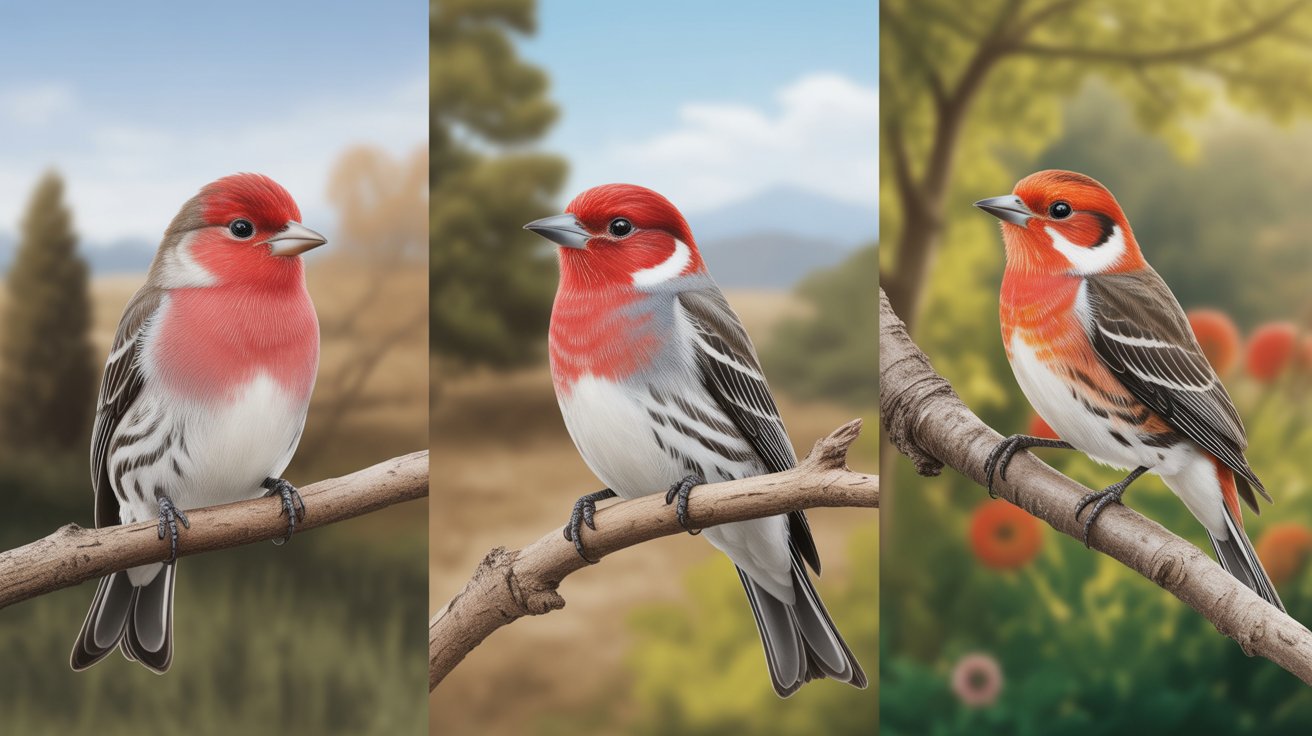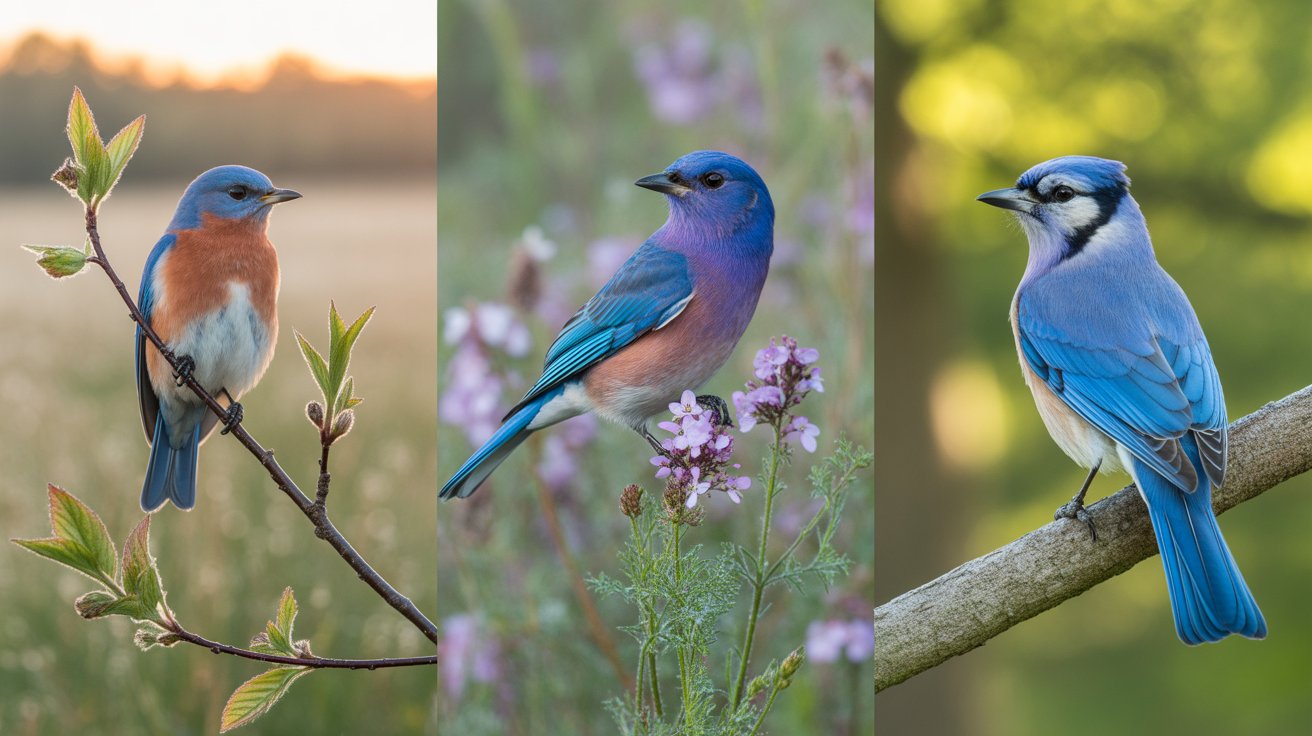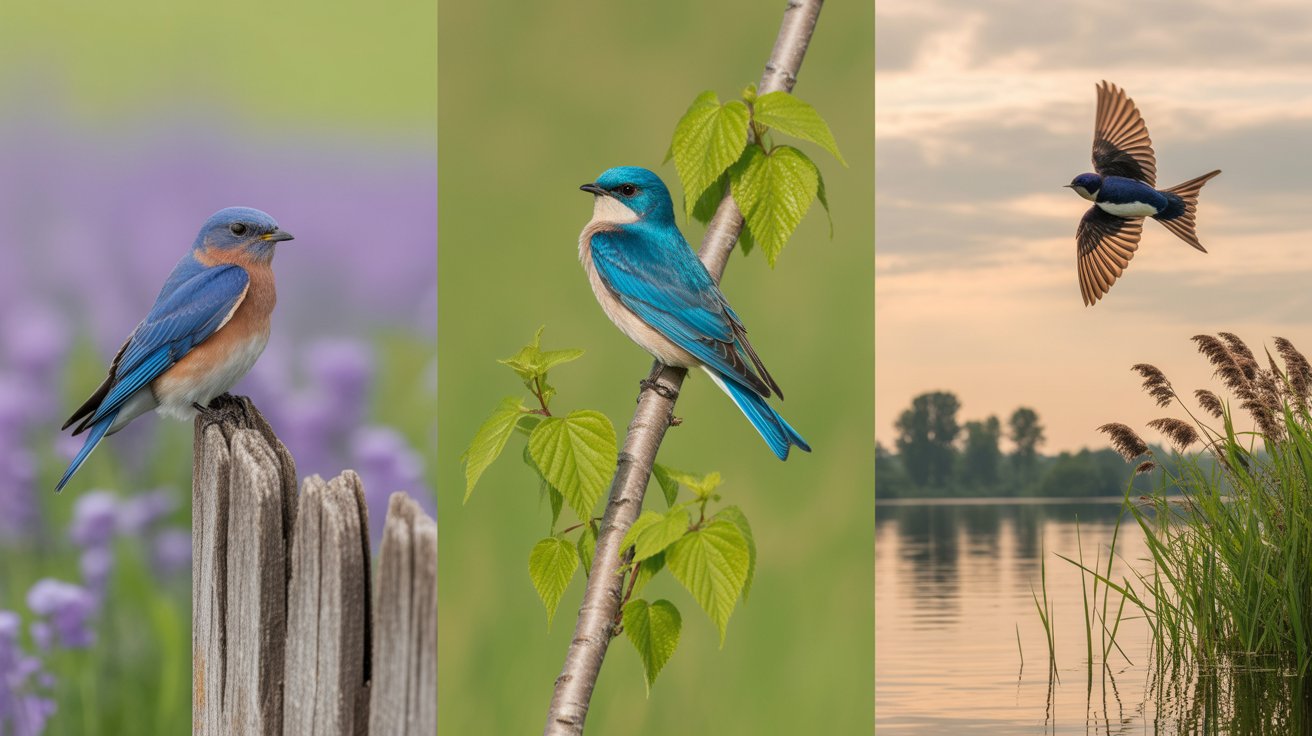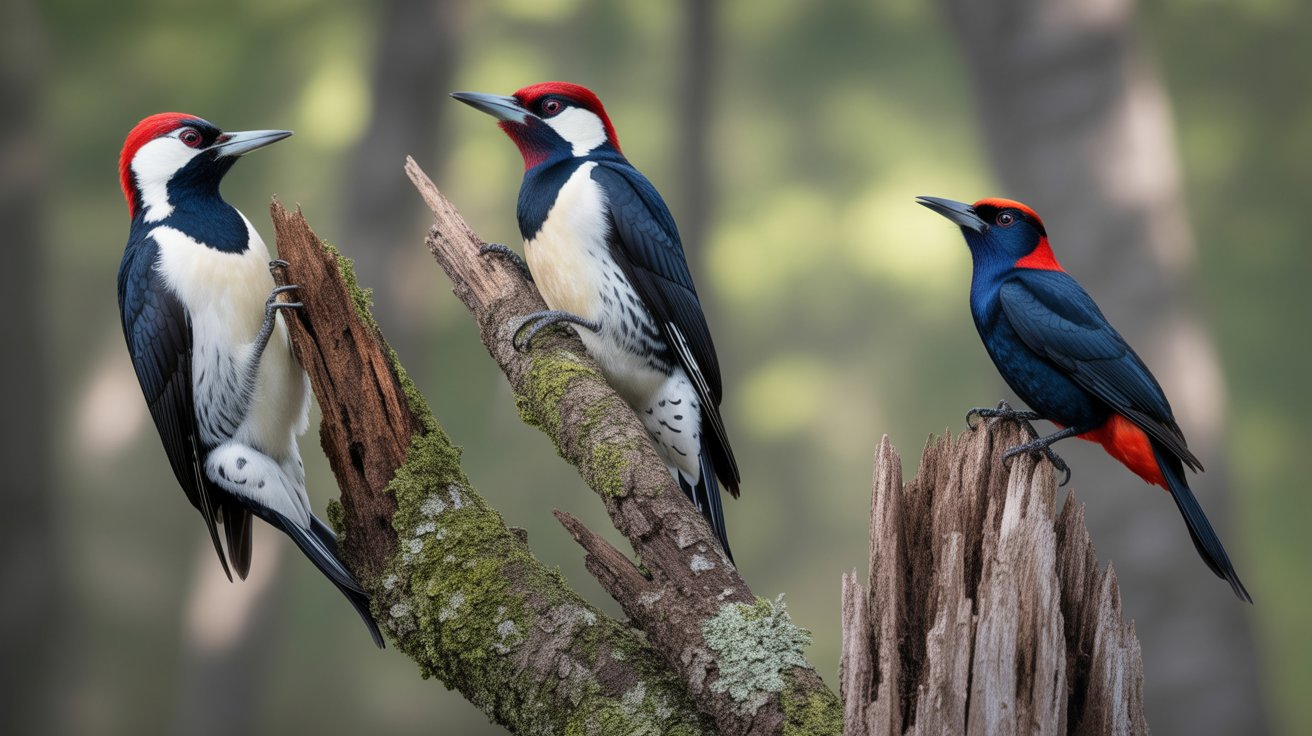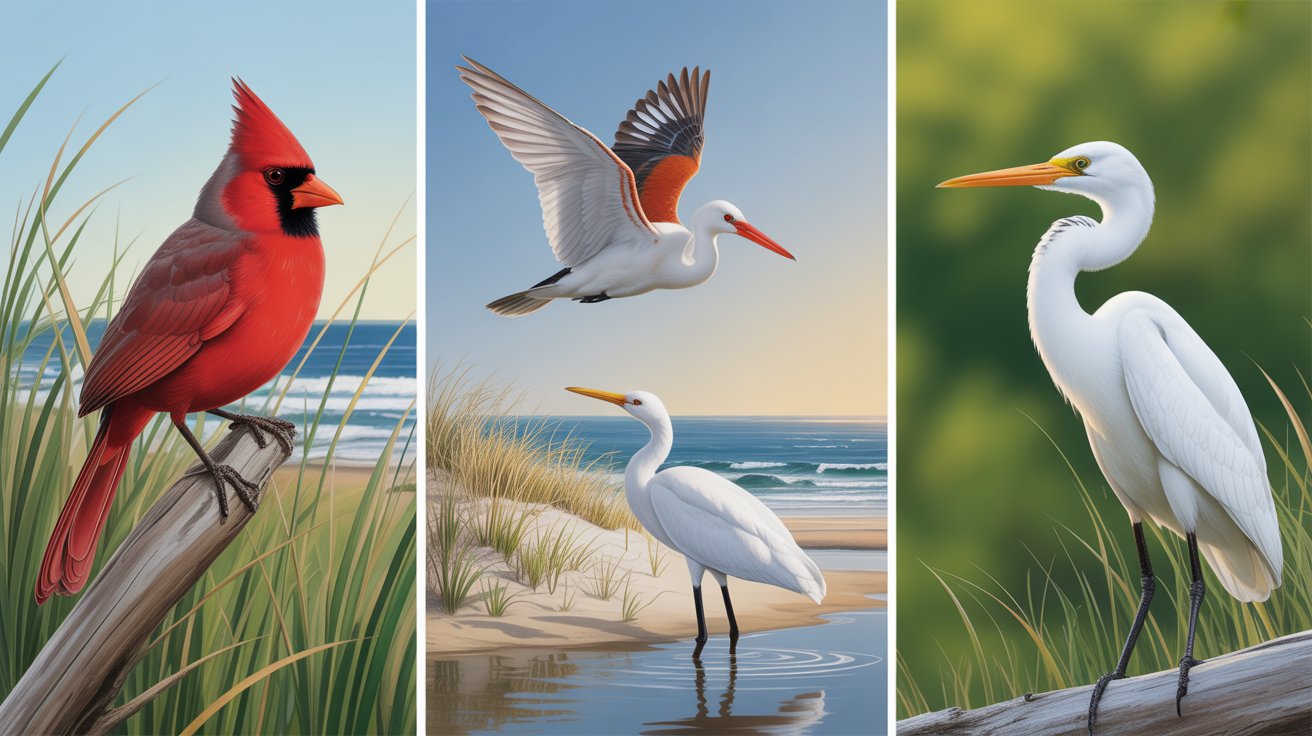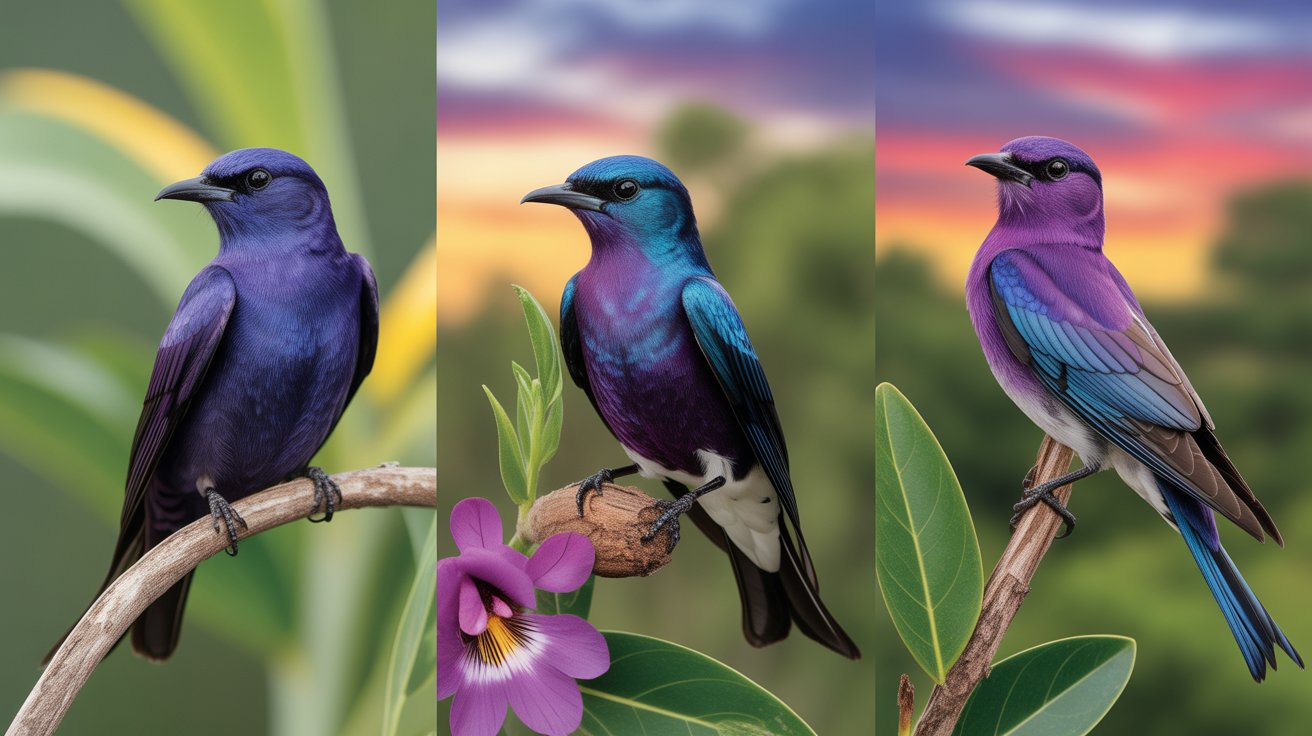If you’re passionate about birdwatching or simply love learning about unique species, the Abyssinian Ground Thrush is one that should definitely catch your attention. Known for its secretive nature and striking appearance, this bird is a gem hidden deep within the montane forests of East Africa. Though it might not be as famous as some of its flashier cousins, it plays a vital role in its ecosystem—and its elusive behavior makes any sighting truly special.
When you first come across an Abyssinian Ground Thrush, you’ll immediately notice its rich coloration and distinctive markings. But what makes it even more fascinating is how little is commonly known about its behavior unless you’ve been lucky enough to observe one in its natural habitat. That’s why we’re diving deep into everything you need to know about this captivating species.
In this complete guide, you’ll discover key facts about its scientific classification, physical description, habitat, diet, nesting behavior, and more. Whether you’re a birder, nature lover, or just curious, this guide will help you understand the Abyssinian Ground Thrush better—and maybe even inspire your next birding adventure.
Abyssinian Ground Thrush: A Complete Guide to This Elusive Forest Bird
Scientific Classification
Understanding the scientific background helps you place the Abyssinian Ground Thrush in the broader avian world. Here’s how it is classified:
- Common Name: Abyssinian Ground Thrush
- Scientific Name: Geokichla piaggiae
- Family: Turdidae
- Order: Passeriformes
- Genus: Geokichla
- Conservation Status: Least Concern (IUCN Red List)
The Abyssinian Ground Thrush belongs to the Turdidae family, which includes other thrushes known for their melodic songs and shy forest habits.
Physical Description
If you ever get a close look at the Abyssinian Ground Thrush, you’ll find that it’s both beautiful and subtly colorful. Let’s break down its distinct features:
Size and Shape
- Length: Around 20–22 cm (approximately 8–8.5 inches)
- Build: Medium-sized songbird with a compact body and short tail
Plumage and Color
- Upperparts: Rich olive-brown with a slightly darker crown
- Underparts: Bright orange chest and belly with a creamy undertone
- Face and Eye Markings: Distinct pale eye-ring that enhances its watchful appearance
- Wings: The wings are dark with a single white wing-bar that becomes visible in flight
- Beak: Short, straight, and dark—ideal for foraging on the forest floor
- Legs and Feet: Pale pinkish or greyish, adapted for walking rather than perching
While it may not be flashy, the combination of subtle earth tones and vibrant underparts makes it stand out—especially in the dim light of dense forests.
Habitat and Distribution
Natural Habitat
The Abyssinian Ground Thrush thrives in moist montane forests and wooded ravines. It prefers:
- Evergreen forests
- Dense undergrowth
- Areas with thick leaf litter on the forest floor
It is a ground-dwelling bird, so you’re more likely to see it hopping among the undergrowth than perched on a branch.
Geographic Range
This species is native to East Africa and is mostly found in:
- Ethiopia (especially the highlands)
- Eritrea
- South Sudan
- Northern Kenya
- Eastern Democratic Republic of Congo
You’ll usually find them at elevations ranging from 1,800 to 3,000 meters. Their range is patchy due to their strong preference for specific habitat conditions.
Behavior and Daily Life
Despite its vibrant coloring, the Abyssinian Ground Thrush is quite shy and prefers to remain hidden.
Movement and Activity
- Ground Foraging: Most of its time is spent walking or hopping on the forest floor looking for food
- Solitary Nature: Usually seen alone or in pairs
- Flight: Quick and low to the ground, used mainly for evasion
- Territorial: May become aggressive toward intruders during the breeding season
Vocalizations
Their call is a soft, fluty whistle—often heard during the early morning or late afternoon. The song is both sweet and subtle, making it an audio treat if you’re nearby.
Diet and Feeding Habits
As an insectivore, the Abyssinian Ground Thrush plays an essential role in controlling insect populations in its habitat.
Diet Includes:
- Beetles
- Ants
- Termites
- Caterpillars
- Occasionally small fruits and berries
Foraging Method
This thrush uses its beak to flip over leaves and sift through soil in search of prey. It’s a ground specialist, which is why you’ll rarely see it foraging in the trees.
Breeding and Nesting
Not much is widely documented about its breeding behavior, but here’s what we know:
Breeding Season
- Typically occurs between April and July, depending on regional climate
Nesting Behavior
- Nest Type: Cup-shaped nest made from roots, moss, and leaves
- Nest Location: Placed on low branches or hidden within shrubs
- Eggs: Usually 2 to 3 pale blue or greenish eggs
- Incubation: Conducted primarily by the female
- Chick Care: Both parents feed the young, though sightings of this are rare due to the bird’s elusive nature
Interesting Facts About the Abyssinian Ground Thrush
- Shy and Elusive: You’re more likely to hear this bird than see it, thanks to its preference for thick undergrowth.
- Limited Range: Although it’s not globally threatened, habitat loss could quickly impact its localized populations.
- Closely Related Species: It’s often mistaken for the similar-looking Geokichla gurneyi (Orange Ground Thrush).
- Longevity: Like many thrushes, they may live for several years if left undisturbed.
- Indicator Species: Its presence in a forest often indicates a healthy ecosystem with rich undergrowth and soil invertebrates.
Frequently Asked Questions (FAQs)
1. Is the Abyssinian Ground Thrush endangered?
No, the Abyssinian Ground Thrush is currently listed as Least Concern on the IUCN Red List. However, habitat destruction could pose a future risk.
2. Where can I see an Abyssinian Ground Thrush in the wild?
Your best chance is in the highland forests of Ethiopia, especially during the early morning hours when the birds are most active.
3. What does the Abyssinian Ground Thrush eat?
It primarily eats insects like beetles and ants but may also consume small fruits and berries occasionally.
4. Why is it called a “ground thrush”?
Because it forages almost exclusively on the forest floor, rarely flying or perching in the upper canopy.
5. How can I identify this bird?
Look for a medium-sized thrush with orange underparts, an olive-brown back, and a pale eye-ring. The white wing-bar also stands out when it flies.
Conclusion
The Abyssinian Ground Thrush is a bird that might not grab headlines but certainly grabs the heart of anyone lucky enough to see it. With its soft song, rich coloration, and elusive nature, it’s a true treasure of the African montane forests.
By understanding its habitat, behavior, and ecological role, you gain more than just knowledge—you gain an appreciation for the delicate balance of forest ecosystems. Whether you’re a seasoned birder or a curious explorer, the Abyssinian Ground Thrush invites you to look closer, listen carefully, and respect the wonders of the natural world. Protecting its habitat ensures this beautiful bird continues to sing its quiet song for generations to come.
